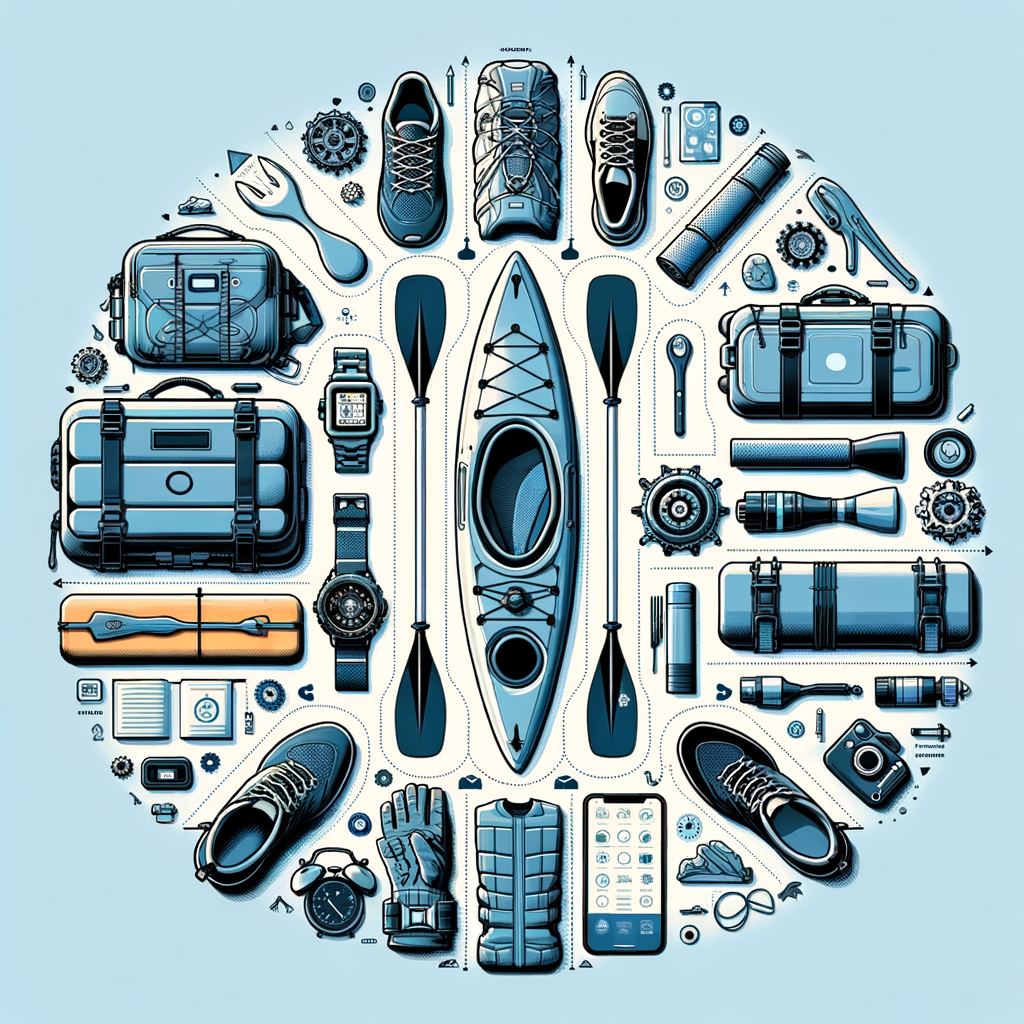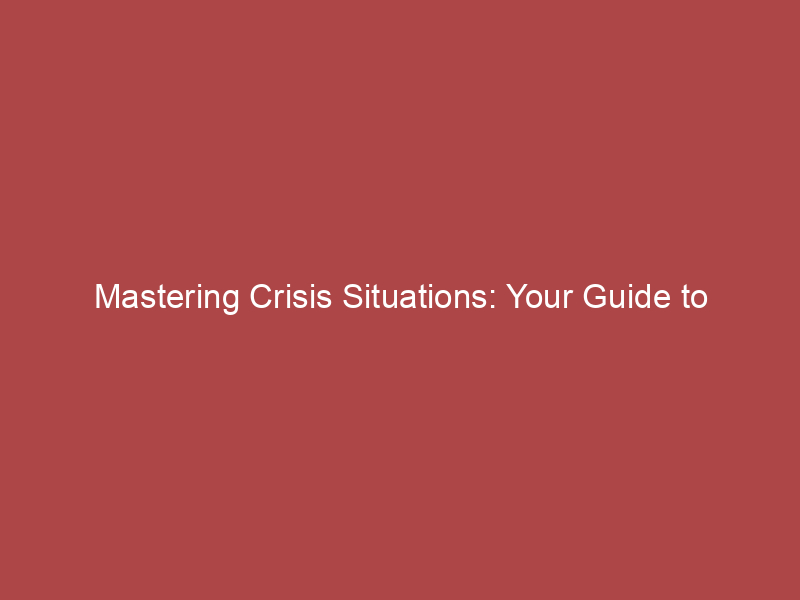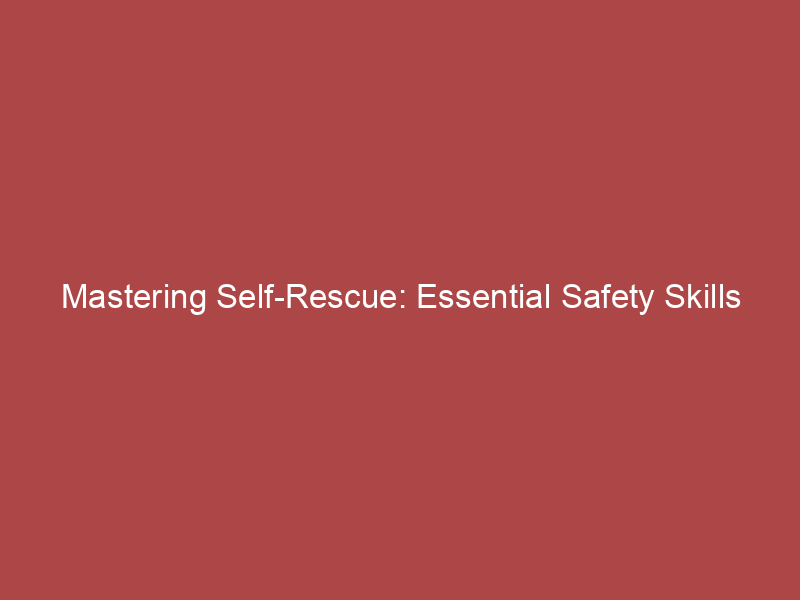
Introduction to Lightweight Kayaking Equipment
When it comes to kayaking, the equipment you choose can make a significant difference in your experience. One key factor to consider is the weight of your gear. In this post, we will explore the importance of lightweight kayaking equipment and the benefits of adopting a minimalist approach to your gear.
- Importance of packing light for kayaking
- Benefits of minimalist kayaking gear
Packing light for kayaking is not just about convenience; it’s a matter of safety and efficiency. A lighter kayak is easier to maneuver, allowing you to navigate waterways with greater ease. It also reduces the strain on your body, particularly your shoulders and back, which are crucial for paddling. Furthermore, in case of a capsize, a lighter kayak is easier to flip back over.
Adopting a minimalist approach to your kayaking gear has several benefits. Firstly, it simplifies your packing process, leaving less room for error or forgetting essential items. Secondly, it allows you to focus more on the experience of kayaking itself, rather than managing a plethora of equipment. Lastly, minimalist gear often means more durable and multi-purpose items, which can save you money in the long run.
In the following sections, we will delve deeper into the essentials of kayaking gear, how to streamline your packing, and provide a handy checklist for your next kayaking adventure. Stay tuned to master the art of packing light for kayaking.
Understanding Kayaking Gear Essentials
Whether you’re a seasoned kayaker or a beginner, understanding the essential gear for kayaking is crucial. This gear is designed to keep you safe and comfortable while you’re out on the water. Let’s take a closer look at the essential kayaking gear.
Essential Kayaking Gear
Here is a list of the five most important pieces of gear that every kayaker should have:
- Personal Flotation Device: Also known as a life jacket, a personal flotation device (PFD) is a must-have for all kayakers. It keeps you afloat in the water in case of a capsize. It’s important to choose a PFD that fits well and is designed for kayaking.
- Paddle: Your paddle is your primary tool for moving and steering your kayak. Paddles come in different sizes and materials, so it’s important to choose one that’s right for your size and strength.
- Kayak: The kayak itself is obviously an essential piece of gear. Kayaks come in different types and sizes, designed for different types of water and skill levels. It’s important to choose a kayak that’s right for your needs and abilities.
- Helmet: A helmet is essential for protecting your head, especially when you’re kayaking in rough waters or near rocks. Make sure to choose a helmet that fits well and is designed for water sports.
- Wet Suit or Dry Suit: Depending on the water temperature and weather conditions, you might need a wet suit or dry suit. These suits are designed to keep you warm and dry in the water.
Remember, safety should always be your top priority when kayaking. Always make sure you have the right gear and that it’s in good condition before you hit the water.
Compact Kayaking Gear
When you’re out on the water, every inch of space in your kayak is precious. That’s why it’s important to pack smart and choose compact gear. Let’s take a look at some compact kayaking gear essentials that will help you make the most of your space.
- Compact Water Purifier
- Portable Stove
- Lightweight Tent
A compact water purifier is a must-have for any kayaking trip. It’s small, lightweight, and can easily fit in your bag. This device can turn river or lake water into safe drinking water in minutes. It’s a life-saver in situations where you run out of bottled water.
Next on our list is a portable stove. This handy tool allows you to cook meals right at your campsite. It’s small enough to fit in your kayak, but powerful enough to cook a hearty meal. Remember, a well-fed kayaker is a happy kayaker!
Last but not least, a lightweight tent is an essential piece of compact kayaking gear. After a long day of paddling, you’ll need a comfortable place to rest. A lightweight tent is easy to carry and quick to set up, making it the perfect home away from home.
Remember, the key to a successful kayaking trip is preparation. By choosing compact, lightweight gear, you can ensure that you’re ready for anything the river throws at you. Happy paddling!
Streamlining Kayak Packing
When it comes to kayaking, packing efficiently is as important as having the right gear. A well-packed kayak not only makes your journey more enjoyable but also ensures your safety. Let’s delve into some strategies for packing light and utilizing space efficiently.
Packing Light for Kayaking
One of the key aspects of streamlining your kayak packing is to pack light. This doesn’t mean leaving essential items behind, but rather making smart choices about what to bring and how to pack it. Here are some tips:
- Choosing lightweight gear
- Limiting non-essential items
- Utilizing space efficiently
When selecting gear for your kayaking trip, opt for lightweight options whenever possible. For instance, choose a lightweight tent over a heavier one. This not only reduces the overall weight of your pack but also makes it easier to carry and maneuver your kayak.
It’s easy to overpack when planning for a kayaking trip, but remember that every item adds weight. Ask yourself if each item is truly necessary. If it’s not, leave it behind. This will help you pack lighter and make your trip more enjoyable.
Efficient use of space is crucial when packing a kayak. Start by packing the heaviest items at the bottom and center of the kayak to maintain balance. Then, fill the remaining space with lighter items. Remember, every inch counts when packing a kayak.
In conclusion, packing light for kayaking involves choosing lightweight gear, limiting non-essential items, and utilizing space efficiently. By following these tips, you can streamline your kayak packing and make your trip more enjoyable and safe.
Kayak Gear Organization
When it comes to streamlining your kayak packing, organizing your gear plays a crucial role. It’s not just about fitting everything in; it’s about making sure you can easily access what you need, when you need it, and ensuring your gear is secure during your journey. Let’s delve into the specifics of organizing your gear by weight, storing it for easy access, and securing it properly.
- Organizing Gear by Weight
It’s essential to distribute the weight of your gear evenly in your kayak. This helps maintain balance and stability while you’re on the water. Start by sorting your gear into three categories: light, medium, and heavy. The heaviest items should be placed closest to the center of the kayak, as this is the most stable point. Medium-weight items can be distributed around the heavy items, while the lightest items can be placed at the ends of the kayak.
- Storing Gear for Easy Access
Imagine you’re on the water and you need to grab your water bottle, map, or sunscreen. You don’t want to have to rummage through all your gear to find what you need. That’s why it’s important to store your gear in a way that allows for easy access. Frequently used items should be stored in easy-to-reach places. Consider using clear, waterproof bags to store items so you can quickly see what’s inside each bag.
- Securing Gear Properly
Securing your gear properly is crucial for safety and to prevent loss of equipment. Use bungee cords or straps to secure heavier items, ensuring they won’t shift around while you’re paddling. Smaller items can be stored in zippered pockets or secured with carabiners. Remember, everything in your kayak should be secured in some way – if your kayak were to capsize, you don’t want your gear floating away!
In conclusion, organizing your kayak gear by weight, storing it for easy access, and securing it properly can make your kayaking adventure more enjoyable and less stressful. Happy paddling!
Kayaking Gear Checklist
Preparing for a kayaking trip requires careful planning and packing. This comprehensive kayaking gear checklist will help you ensure that you have everything you need for a safe and enjoyable experience on the water.
-
Essential Gear Checklist
These are the must-have items for any kayaking trip. Without them, you may find yourself in a difficult or even dangerous situation.
- Kayak: Choose a kayak that suits your skill level and the type of water you will be navigating.
- Paddle: A lightweight, durable paddle is a kayaker’s best friend.
- Personal Floatation Device (PFD): This is a non-negotiable safety item. Always wear a PFD while kayaking.
- Helmet: If you’re kayaking in rough waters or areas with overhead hazards, a helmet is essential.
- Spray Skirt: This keeps water out of your kayak, especially in choppy conditions.
-
Optional Gear Checklist
While not absolutely necessary, these items can enhance your kayaking experience and provide additional comfort and convenience.
- Waterproof Camera: Capture the beauty of your surroundings without worrying about damaging your equipment.
- Snacks and Water: Stay hydrated and energized during your trip.
- Map and Compass: If you’re exploring unfamiliar waters, these tools can help you navigate.
- Waterproof Bag: Keep your belongings dry and secure.
-
Safety Gear Checklist
Safety should always be your top priority when kayaking. These items can help you handle emergencies and unexpected situations.
- First Aid Kit: Be prepared for minor injuries or health issues.
- Whistle: This can be used to signal for help in case of an emergency.
- Knife: A sharp, reliable knife can be useful in a variety of situations, from cutting tangled lines to emergency repairs.
- Headlamp: If you find yourself on the water after dark, a headlamp can help you see and be seen.
Remember, the key to a successful kayaking trip is preparation. Use this checklist to ensure you have all the necessary gear, and always prioritize safety above all else.
Case Studies: Efficient Packing for Kayaking
Let’s delve into real-life examples to understand how efficient packing can make a difference in your kayaking experience. We will explore two case studies: a solo kayaking trip and a group kayaking expedition.
- Case Study 1: Solo Kayaking Trip
- Case Study 2: Group Kayaking Expedition
John, an experienced kayaker, decided to embark on a week-long solo kayaking trip. His goal was to pack light yet have all the essentials. Here’s how he did it:
John started by listing all the gear he thought he would need. He then categorized the items into ‘essential’, ‘comfort’, and ‘luxury’. He prioritized the essential items, which included safety gear, navigation tools, and food and water supplies. He also included a few comfort items like a lightweight sleeping bag and a compact cooking set. Luxury items like extra clothing and gadgets were left out to save space.
The result? John’s kayak was not overloaded, and he had an easier time navigating the waters. He also found that he used all the items he packed, proving that his packing was efficient and purposeful.
A group of five friends planned a weekend kayaking expedition. They had to consider not only their individual needs but also shared items like tents and cooking equipment. Here’s how they managed to pack efficiently:
They decided to distribute the shared items among themselves to balance the load. For example, one person carried the tent, another the cooking equipment, and so on. They also agreed to limit their personal items to essentials and a few comfort items. This way, no one’s kayak was overloaded, and they had everything they needed for their expedition.
The group found that this method of packing made their kayaking experience smoother and more enjoyable. They didn’t have to worry about their kayaks tipping over due to excessive weight, and they had all the necessary items for their trip.
These case studies highlight the importance of efficient packing for kayaking. Whether you’re going solo or in a group, careful planning and prioritizing can lead to a safer and more enjoyable experience.
Conclusion: Mastering the Art of Packing Light
As we wrap up our discussion on lightweight kayaking, it’s important to remember that mastering the art of packing light is not only about having the right gear. It’s about understanding what you need, streamlining your packing process, and continually learning and adapting. Let’s summarize the key takeaways and share some final tips and tricks.
- Key Takeaways
- Final Tips and Tricks
1. Understanding Kayaking Gear Essentials: Knowing the essentials is the first step towards packing light. Remember, the key is to pack only what you need.
2. Streamlining Kayak Packing: A systematic approach to packing can help you save space and reduce weight. Always pack your gear in the same order, and use packing cubes or compression sacks to keep things organized.
3. Kayaking Gear Checklist: A checklist is a great tool to ensure you don’t forget anything important and avoid overpacking. Make sure to review and update your checklist after each trip.
4. Case Studies: Learning from others’ experiences can provide valuable insights. The case studies we discussed showed how efficient packing can make a significant difference in your kayaking experience.
1. Practice Makes Perfect: The more you practice packing, the better you’ll get at it. Try packing your gear at home before your trip to see how everything fits.
2. Adapt and Learn: Every trip is a learning experience. Take note of what worked and what didn’t, and adjust your packing strategy accordingly.
3. Less is More: When in doubt, remember that less is more. It’s better to pack a few key items well than to overpack with items you won’t use.
In conclusion, mastering the art of packing light for kayaking is a skill that takes time and practice to develop. But with the right knowledge and approach, you can significantly enhance your kayaking experience. Remember, the journey is just as important as the destination. So, pack light and enjoy the ride!






